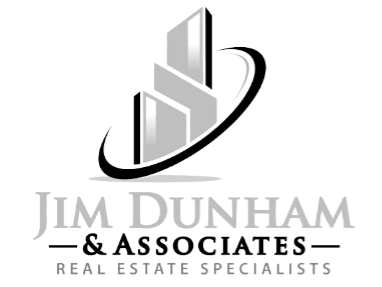We sure do love our acronyms in the commercial real estate world! That’s because acronyms, and the calculations they represent, are essential tools to use when evaluating investment opportunities.
While a dedicated Broker will calculate these for you, it’s important that you have an understanding of the financial performance measurements and how they are used.
NOI and Cash Flow. NOI, or Net Operating Income, is a great place to start when evaluating a commercial real estate investment. The NOI calculation is pretty straightforward, as follows:
Gross Operating Income (determined by your rent roll)
Less: Vacancy (typically 5 – 10% of income, depending on asset class and historical performance)
Plus: Other Income (laundry, etc.)
Less: Expenses (operating expenses)
Equals: NOI (that was easy! This is how much income the property generates from its operations)
Now we can drill down to cash flow:
NOI (calculated above)
Less: Annual Debt Service
Equals: Pre-Tax Cash Flow
Less: Taxes
Equals: After Tax Cash Flow (this is the amount in your pocket each year after all expenses and income taxes). It’s important that this number provides you with a comfortable margin so you are able cover expenses and debt service even if your NOI is under projections, such during a period of high vacancy or increasing operating costs.
CAP Rate. CAP rate, or capitalization rate, is the most commonly used measurement to determine an asset’s value. In a nutshell, CAP rate shows you the rate of return on your money if you paid cash for the asset. CAP rates increase and decrease for a variety of reasons, including market factors (supply & demand), the risk of the individual asset and interest rates.
Calculating the CAP rate couldn’t be more straightforward. You simply divide the NOI by the purchase price to determine the CAP rate. A property with a NOI of $100,000 listed for sale at $1,000,000 produces a CAP rate of 10%. That’s great information, but in order to determine if the listing price is appropriate in the current market, your Broker should provide current historical comparable sales data. If comparable properties are selling at a 12% CAP, then the property above is overpriced by $166,667 ($100,000/12%= $833,333 – $1,000,000= $166,667). This comparable information is something tangible your Broker can provide to the Seller or Seller’s agent to show why your offer is less than asking price.
If the Seller won’t budge on the price and there are no extraordinary circumstances to justify the asking CAP rate, it’s best to move on. Unless you are a cash buyer, the property will still need to appraise in order to obtain financing, and the appraiser is going to use historical comparable sales data to determine the appropriate CAP rate. This means financing may not be available unless you make a significant down payment, enough to cover the gap in the asking price and the appraised value. For many buyers, that’s simply not achievable.
Cash On Cash (COC). Cash on cash is the ratio of the buyer’s total costs of acquisition (down payment and other acquisition and closing costs) to the property’s cash flow. This measurement tells you how hard your money is working for you. To calculate, simply divide the Pre-Tax Cash Flow (PTCF) by your acquisition costs. If we assume acquisition costs of $235,000 ($200,000 down plus $35,000 in costs), and PTCF of $42,000, the COC return is 18% ($42,000/$235,000). This is a great tool to show you the value of leverage. If this were a cash purchase at $1,000,00 plus $35,000 in costs, with a PTCF of $97,000 (since there’s no debt service to account for), the COC would be 9%. The difference? Leverage!

Even More Acronyms! There are a number of other measurements that investors utilize to determine an appropriate purchase price and to calculate a property’s ongoing financial performance. Some of the most common ones are GRM (gross rent multiplier), Cost Per Square Foot, DCR (Debt Coverage Ratio), TVM (time value of money), IRR (internal rate of return), ROI (return on investment) and ROE (return on equity).
In the end, there’s no “magic bullet” performance measurement that is going to work for all buyers, as each one has a different objective and different expectations of performance. It’s important to be upfront with your commercial real estate broker about what’s important to you (tax avoidance, risk avoidance, value-add opportunities, cash flow, wealth accumulation, etc.). Your broker can than walk you through the measurement tools that work best in your individual situation, and align the property type to your risk tolerance.


Comments (0)